Cows are important to society for many reasons. They are a wellspring of meat, milk and other dairy items, just as calfskin and other side-effects. Cattle can be reared in scavenging, semi-intensive, and intensive methods. Products and bi-products play a vital role in the development of human civilization. Cattle diseases are very common problems in farms. As a farm owner, you are facing frequent diseases and the management aspects of cattle rearing. A well managed and disease-free herd can provide optimum production.
Most Common Cattle Diseases
Cows are munched in locales where harvests can’t be effectively developed. Dairy cattle give work and nourishment security to a considerable lot of the world’s least fortunate individuals. The excrement from cows is a significant soil added substance. In my article, I have highlighted the 18 most common cattle diseases for farm owners. The knowledge will help to improve the condition of your farm and reduce the incidence of diseases. The management of cattle, better housing, balanced nutrition, good breeding policy, resource management, and marketing will ensure a profitable farm.
1. Bovine Respiratory Disease
Bovine respiratory disease is the most common and costly disease of beef cattle. The other name of the disease is called “Shipping Fever” as the disease appears mainly after shifting of young calves at the age of 4 weeks. The causal agents of the disease are multiple like bacteria (Pasteurella, Mycoplasma, Histophilus), virus (Parainfluenza, Bovine Viral Diarrhea), and fungus or parasites. The common signs are pneumonia, respiratory distress, coughing, weight loss, and death. The treatment includes antibiotics, expectorants, and reduction of stress. Vaccination is also available but will not give complete protection from the BRD.
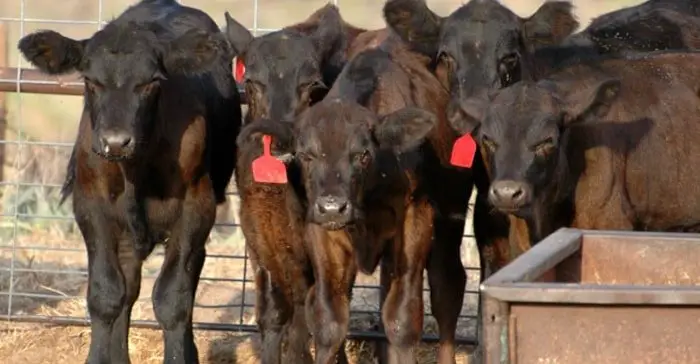
2. Mastitis in Cows
Mastitis is the most deadly and costly bacterial disease of dairy cattle. Mastitis is the inflammation of udder tissue and causes a physical change of milk. There are several bacteria involved in mastitis, including Pseudomonas, Streptococcus, Staphylococcus, E Coli, Pseudomonas, Mycoplasma, and many more. There are many types of mastitis like clinical, sub-clinical, acute, peracute, subacute, and chronic. The clinical signs are swelling and redness of the udder changes the quality of milk, reduced milk production, and blindness of the udder. The treatment of mastitis done by antibiotics, anti-inflammatory, and antihistaminic drugs. The disease is prevented by improving milking hygiene, cow management, and adequate nutrition supply.
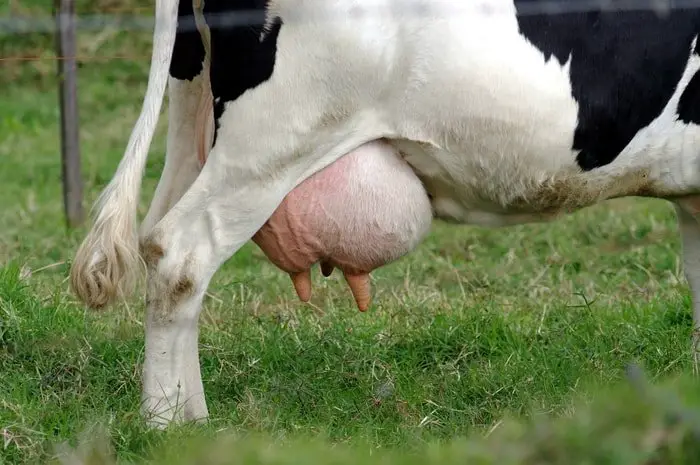
3. Cattle Diseases: Calf Scour
Calf scours are the main causes of calf death in dairy farms. The calf-scour is not a disease rather it is the clinical signs of many diseases. The causes of calf-scour are both infectious and non-infectious. The non-infectious causes are inadequate nutrition of the pregnant dam, inadequate environment for the newborn calf, and poor nutrition status of the calf. The infectious causes are Salmonella, E Coli, Clostridium, Rotavirus, Coronavirus, Infectious Bovine Rhinotracheitis virus, Bovine Viral Diarrhea virus, Cryptococcus and coccidiosis protozoa, and few fungal species.
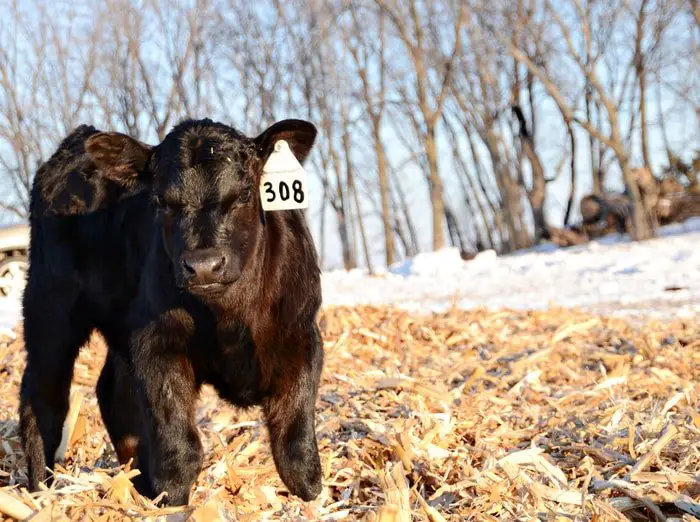
The clinical sign of calf-scour is diarrhea, loss of body weight, irregular hairs, weakness, poor body condition, respiratory distress, and death. The prevention includes improving the nutritional status of the pregnant cow, improving the management of the calf, proper hygiene of calf pan, supplying an adequate amount of milk, and ensuring colostrum feeding to the newborn calf.
4. Pink Eye in cattle
Pink eye is the bacterial inflammation of the conjunctiva of beef cattle. The disease is caused by a bacterium species Moraxella bovis, which is transmitted by domestic flies. The disease is mostly seen during summer. The clinical signs include pink eye, lacrimation, tearing, irritation in eyes, loss of body weight, and may lead to permanent blindness. Antibiotics(Oxytetracycline) in the sub-conjunctival region may be given for successful treatment with antihistaminic drugs. Controlling the flies in the barn will help to prevent pink eyes in cattle.
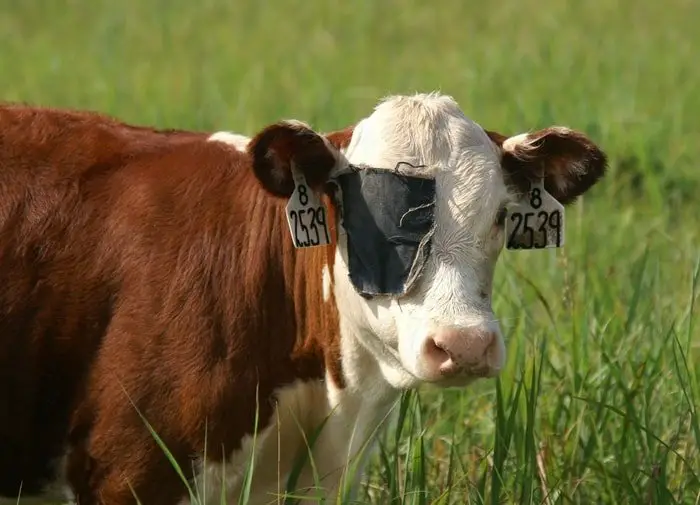
5. Bovine Viral Diarrhea (BVD) in Cattle
BVD in cattle is a very economic and reproductive important disease. BVD is caused by the BVD virus. The virus is transmitted by congenital infection after birth, direct contact with infected calves, and from the environment. The affected cow may give birth to a dead calf, infected calf, abortion, or resorption.
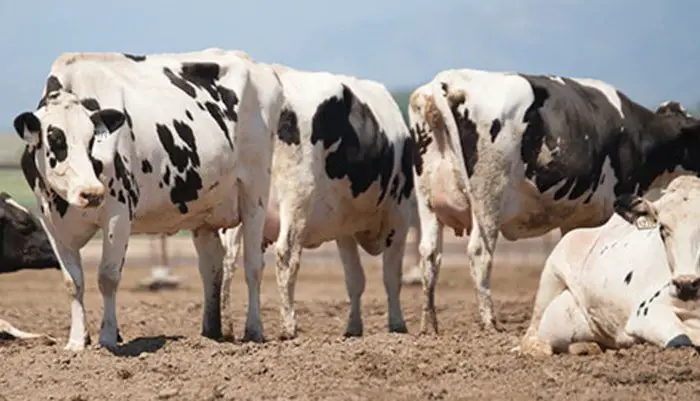
The clinical signs include fever, diarrhea, weight loss, and death. Some calves carry the virus lifetime and spread to the next generation. There is no specific treatment of BVD. You must cull positive cases of the calf or adult cattle from your farm. The vaccines are available against BVD both live and killed virus vaccines.
6. Mad Cow Diseases
Bovine Spongiform Encephalopathy (BSE) or mad cow is a central nervous system disease of beef cattle. The causal agent of the disease is a protein molecule prion. The disease is transmitted to humans by the consumption of meat from affected cattle. Mad cow in human beings is called variant Creutzfeldt-Jakob disease (vCJD). Milk and milk products don’t transmit vCJD.
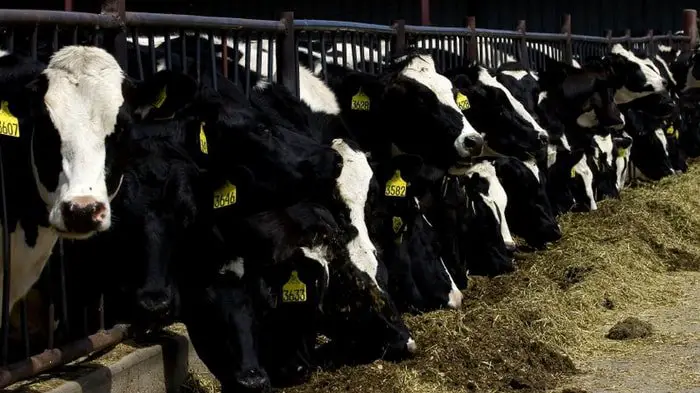
7. Footrot in Cattle
Footrot is a very common infectious cattle disease that causes lameness at least in one foot. The causal agent is Fusobacterium necrophorum and Bacteroides melaninogenicus. The bacteria invade through the lacerated or wet skin of the foot. The disease is extremely painful and contagious. The redness, necrosis of the skin of digits, swelling, and lameness are the clinical signs of footrot in cattle. The treatment is done by antibiotics, dressing with antiseptics, and antihistamines.
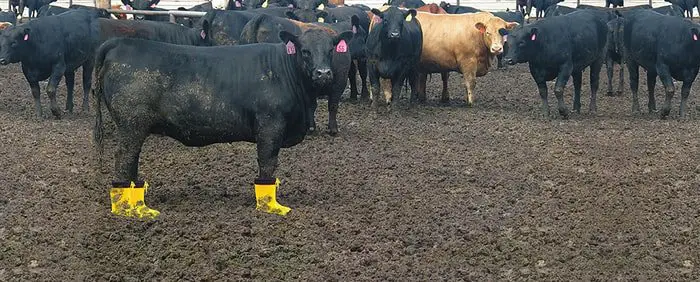
8. Foot and Mouth Disease (FMD) in Cattle
Foot and Mouth Disease (FMD) is a highly contagious viral disease of cattle and all cloven-hoofed animals caused by the FMD virus. The virus has seven different serotypes (O, A, C, Asia1, SAT-1, SAT-2, and SAT3) and is distributed worldwide. The FMD virus transmitted through air, direct contact, infected animals, contaminated farm utensils, and feeds. The clinical signs are high fever, the formation of blisters at foot and mouth, loss of appetite, weight loss, reduced milk production, and death of young animals. The vaccination is the only way to prevent the disease in cattle farms.
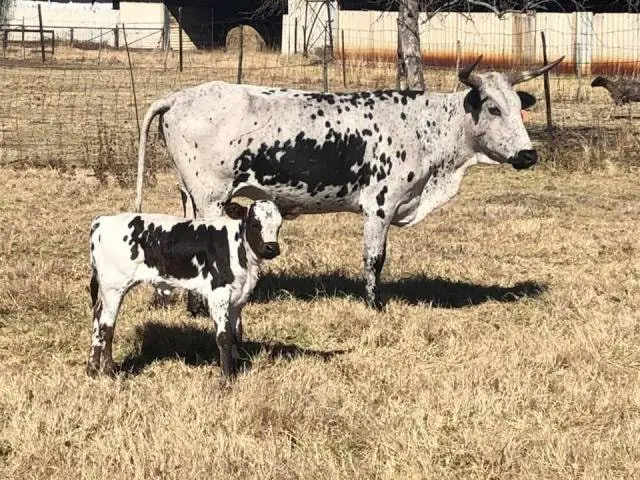
9. Blackleg in Cattle
Blackleg or Back quarter or quarter ill is a highly fatal, contagious, and acute bacterial disease of healthy cattle and sheep caused by Clostridium chauvoei. The bacterial spore normally presents in the soil, ingested by the cattle, and deposited in muscle and other organs. The clinical signs including high fever, swelling of muscle, crepitating sound in the swollen muscle, and sudden death of healthy cattle. Treatment includes intravenous antibiotics and antipyretics. The killed bacterial vaccine is widely used to prevent the disease at the age of 4-6 months of age and repeat annually.
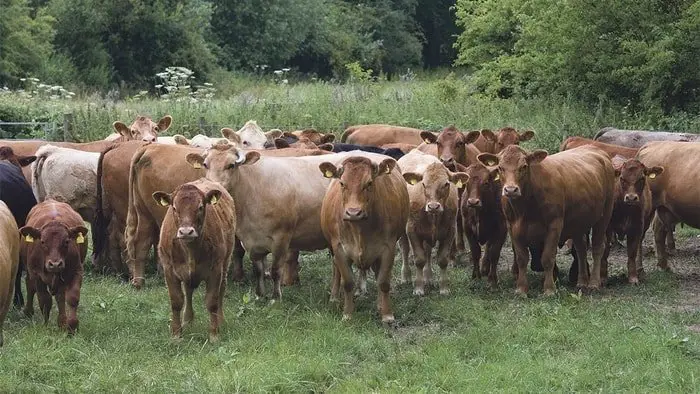
10. Lumpy Skin Disease
Lumpy skin disease (LSD) is a very serious viral disease of cattle and buffalo. The disease is caused by the Capripoxvirus of Poxviridae. The Holstein-Friesian and Jersey cattle breeds are more susceptible to LSD. The lesion includes swelling of superficial lymph nodes of skin, udder, heads, and ear; high fever, and in severe cases mucopurulent discharge from the lesions. The disease is transmitted by blood-sucking arthropods, flies, and mosquitos. Vaccination is an effective method of prevention from LSD in cattle. Natural immunity developed from the recovered animals.

11. Cattle Diseases: Ringworm
Ringworm in cattle is a highly contagious infectious fungal disease affecting cattle, buffalo, and goats. The causal agent of ringworm is the Trichophyton verrucosum. The clinical signs are circular skin lesions, loss of hair, itching, and damage to skin quality. The disease is transmitted by direct contact to affected animals and contaminated soils. The organism can survive in a dry environment for more than three years. There is no specific treatment but antifungal drugs may be effective in both tropical and systemic applications.
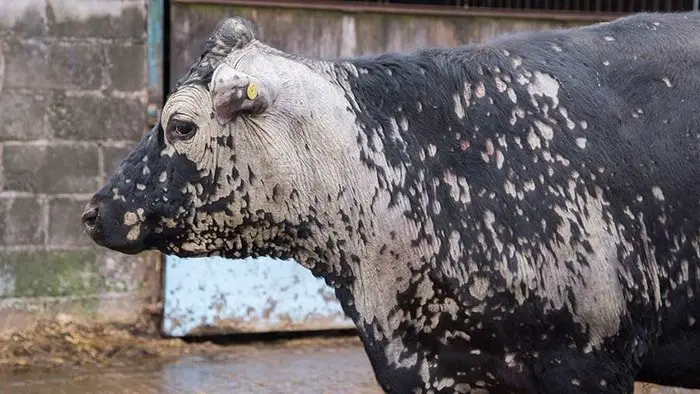
12. Brucellosis in Cattle
Brucellosis is a highly contagious, economic as well as reproductive importance disease of cattle, buffalo, sheep, goat, and other mammals. The causal agent is Brucella abortus, B ovis, B suis, B canis, and B melintensis. The clinical signs in cows are abortion, stillbirth, reduced milk production, and producing weak calf. The bulls are normally a carrier of brucellosis and transmit organisms through semen during breeding. There is no specific treatment of Brucellosis. Culling of animals after the identification of the organism in the herd. Vaccination is also available and found effective in some countries.
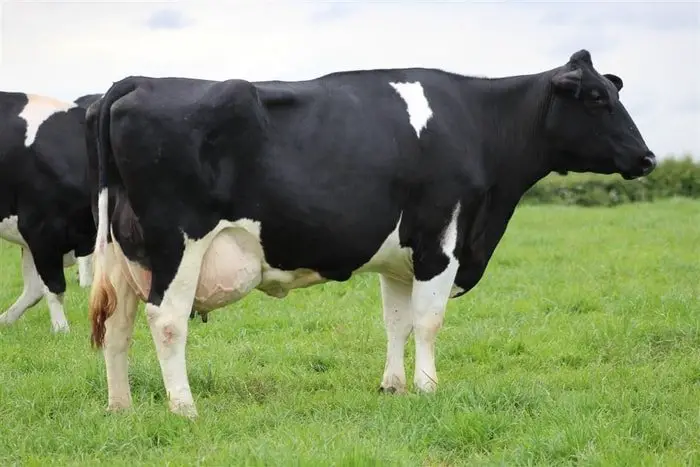
13. Milk Fever in Cows
Milk fever or hypocalcemia or parturient paresis is a common metabolic disorder of high-yielding dairy cattle. The causes of the disease are the deficiency of dietary calcium and increased release of calcium through milk. The clinical signs are weakness, reduced milk production, paresis, and falls on the ground. Injection of calcium is the main treatment of Milk fever. Prevention of milk fever by the supply of adequate calcium during pregnancy and after birth, balanced nutrition, and proper management of the herd.
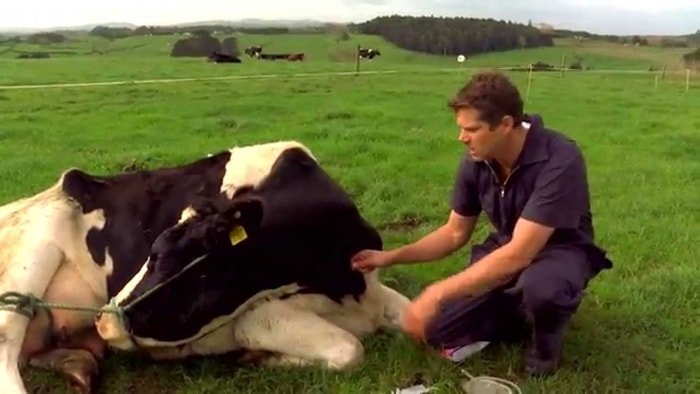
14. Cattle Diseases: Bovine TB
Bovine tuberculosis (TB) is a chronic bacterial disease of cattle and all mammals. The causal agent is Mycobacterium tuberculosis. The disease is zoonotic and humans got infected by drinking raw milk of affected cows. The clinical signs are weakness, debility, the formation of a tuberculous nodule in the affected organs, cachexia, and death. The disease is identified by a simple tuberculin test. Long time antibiotic treatment may cure Bovine TB. It is better to cull the positive cases from the farm due to public health significance.
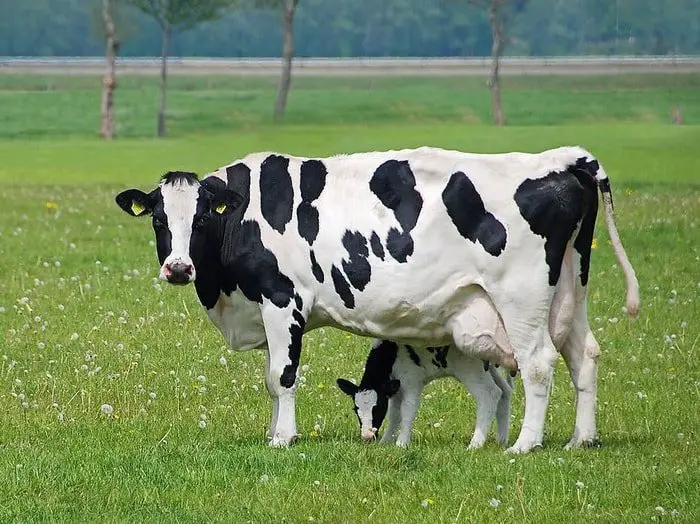
15. Anaplasmosis in Cattle
Anaplasmosis is a tick-borne infectious disease of cattle, sheep, goat, camel, horse, and mammals. The causal agent of the disease is rickettsial parasite Anaplasma marginale and A centrale. The organism infects and propagates within the RBC of the host. The clinical manifestations of the disease are high fever, weakness, coffee color urine, lethargy, recumbency, and death. The disease is diagnosed by the direct smear of blood. Oxytetracycline is the drug of choice for the treatment of Anaplasmosis. Reducing the tick population in herd and pasture is the effective mode of prevention of Anaplasmosis.
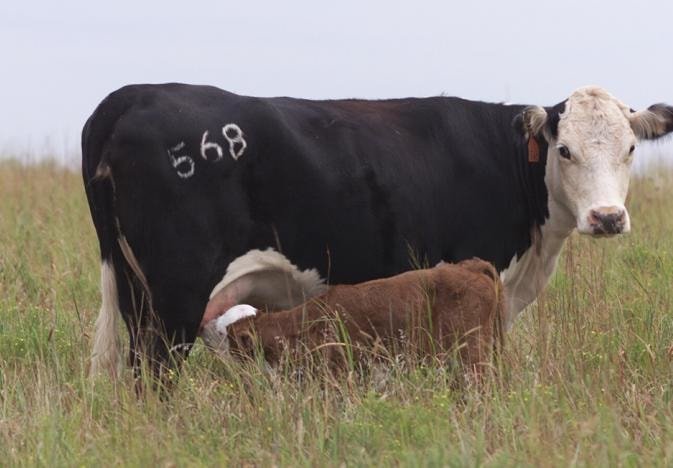
16. Leptospirosis in Cattle
Leptospirosis is a zoonotic bacterial disease of cattle caused by Leptospira species. There are several serovars of Leptospira are hard, Canicula, Pomona, ichtero hemorrhage, and grippotyphosa. The disease is transmitted by direct contact with the infected animal or contaminated environment. The clinical signs of the disease are a sudden drop in milk production, infertility, and early abortion. Antibiotics are used to treat leptospirosis. Vaccination, separation of the sick animal, and reducing the contact of wild animals may prevent the disease in the healthy herd.
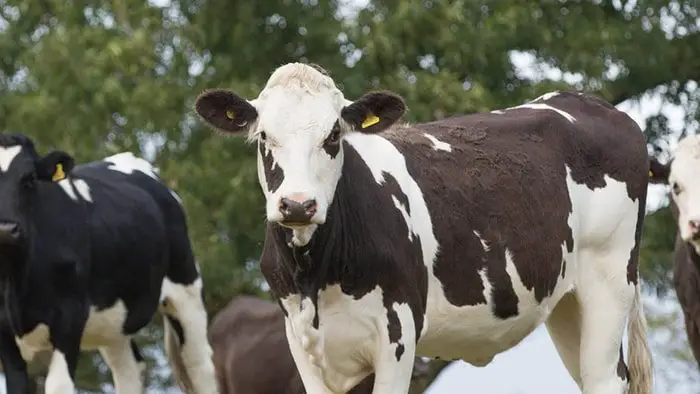
17. Cattle Diseases: Coccidiosis
Coccidiosis is a protozoal disease of young cattle caused by Eimeria juerni, E bovis, and E auburnensis. The young calved showing diarrhea, weight loss, bloody feces, dehydration, dysentery, and death. Coccidiosis may occur during summer or winter when animals are under stress due to overcrowding. Antiprotozoal drugs sulfaquinoxaline and amprolium are used to treat coccidiosis. The preventive measures are isolation of affected animals, avoid overcrowding, reduce stress, and improve the immune status of calves.
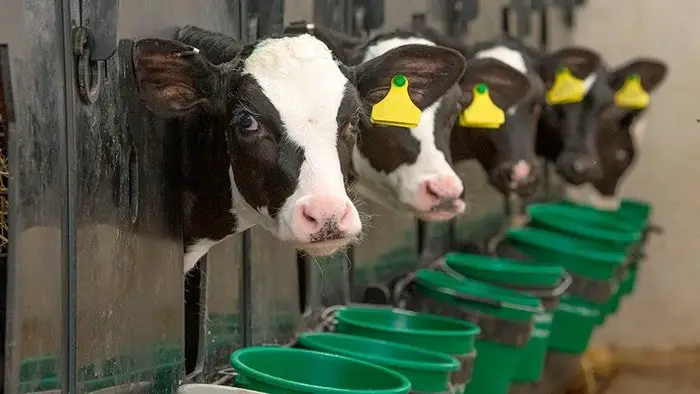
18. IBR in Cattle (Infectious Bovine Rhinotracheitis)
IBR is an acute, highly contagious, respiratory infectious viral disease of cattle caused by Bovine Herpes Virus-1. The clinical signs are sudden onset of fever, coughing, sneezing, respiratory distress, nasal discharge, conjunctivitis, abortion, and infertility in cows. There is no specific treatment for viral diseases. Anti Inflammatory drugs and antibiotics are given to prevent secondary infections. Vaccination and isolation of sick animals are the effective methods of controlling Infectious Bovine Rhinotracheitis in cattle.
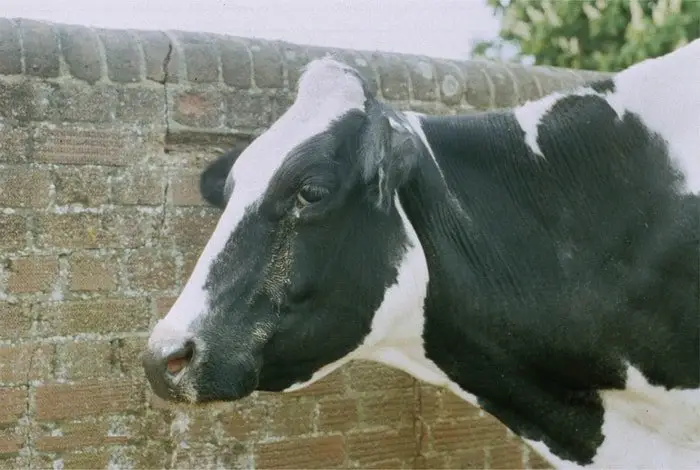
The Concluding Remarks on Cattle Diseases
Cattle are the most important farm animals in the world. They gave meat, milk, hides, and manure to human society. Farm owners are suffering from the problems of different cattle diseases. In the above article, I have given only a little information for your knowing. These will help you to study further and take the necessary precautions for your farm.